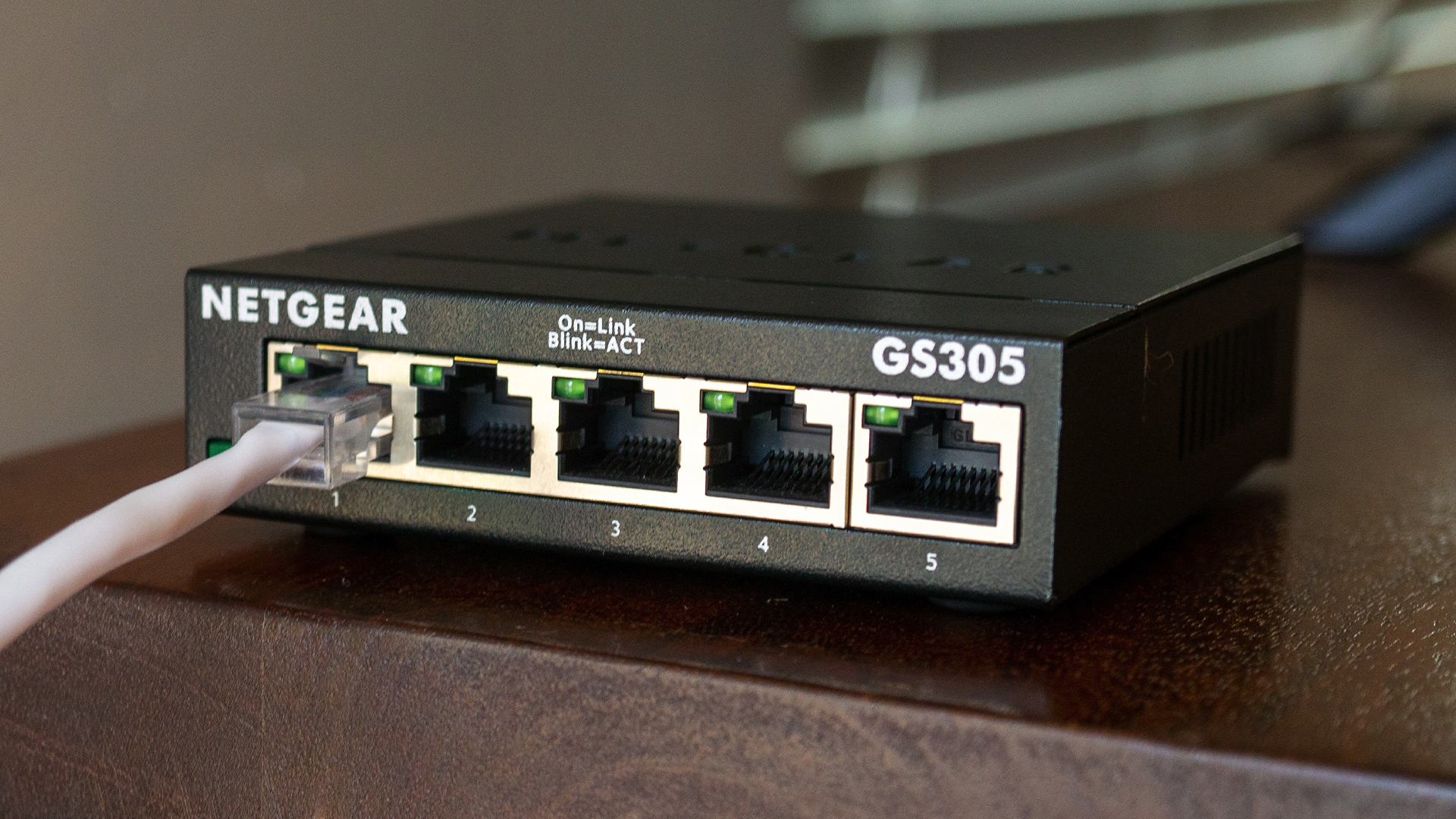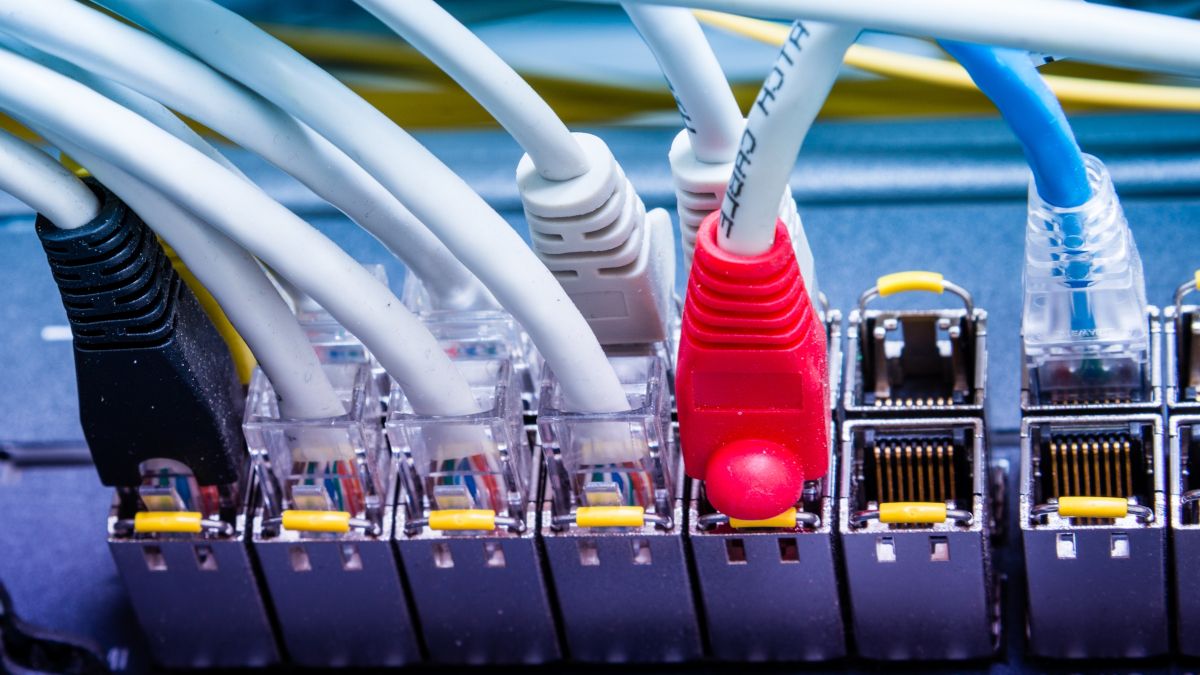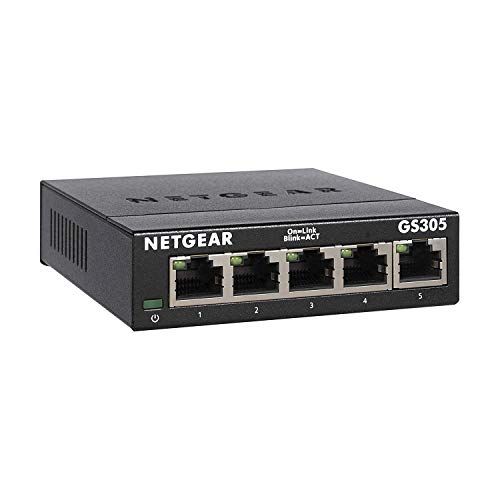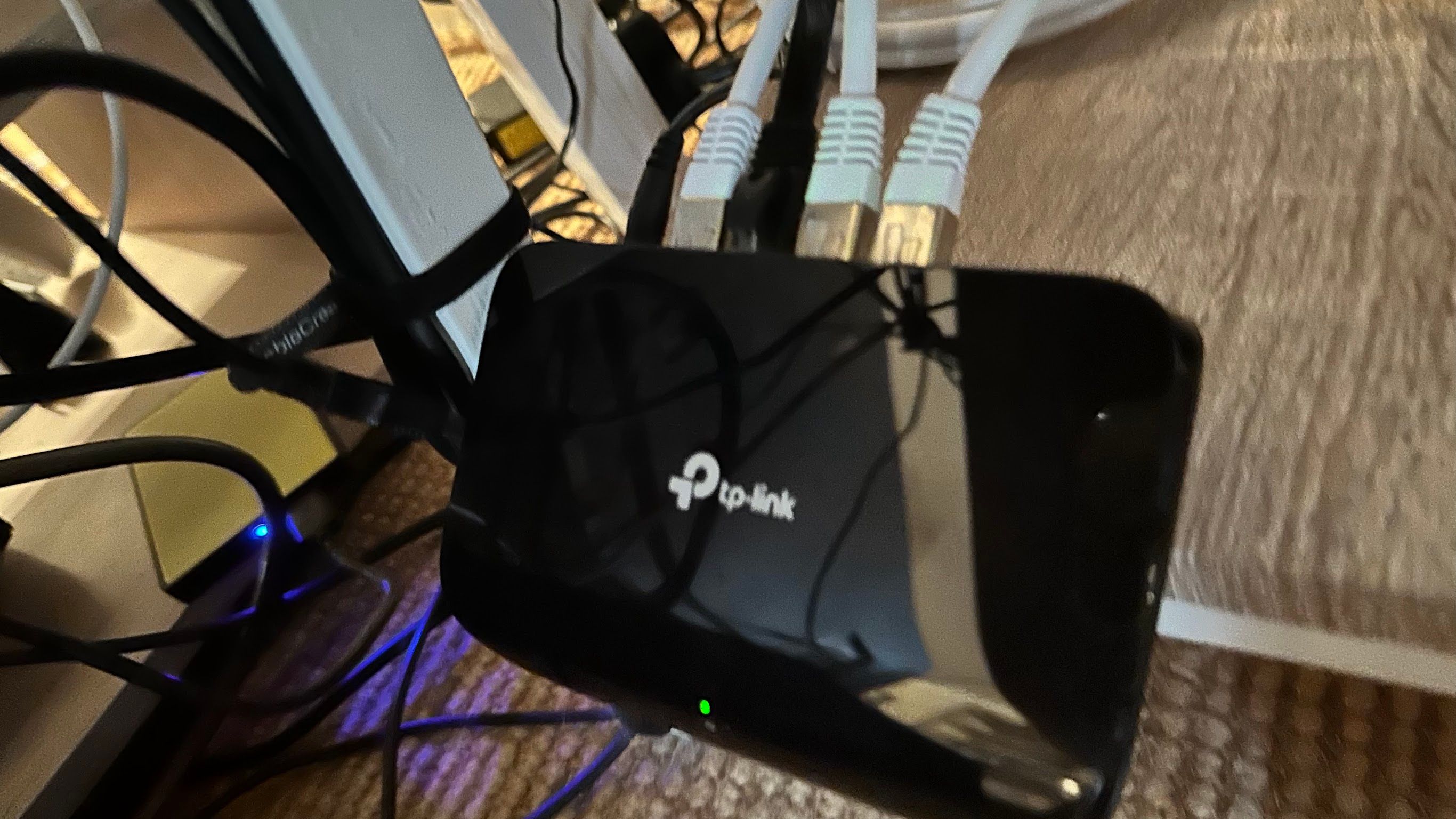Summary
- Network switches are usually all you need; cheaper models can perform the basic functions just fine.
- Even cheap switches offer Gigabit Ethernet – more than enough speed for most home and small business use.
- Managed switches with extra features are unnecessary for most home users; unmanaged switches are plug-and-play.
Network switches are a great way to expand how many Ethernet ports are available on your router, or anywhere you have fewer ports than you need. There are plenty of choices, and you might think spending more means getting a better experience, but the truth is that cheap switches are (usually) all you need.

Related
The Job of a Switch Is Simple
A network switch is just a basic traffic controller for your wired network. It directs packets between devices making sure that the right messages make it to the right network interfaces. Unlike routers, which handle internet traffic and assign IP addresses, switches operate at a lower level, simply forwarding packets based on MAC addresses.

Related
What Is a MAC Address, and How Does It Work?
You’d have a pretty hard time getting online without a MAC address.
Since all switches can do this basic job with no issue, if all you need is the core function of what a switch does you can get away with buying the cheapest model with the right number of ports most of the time.
They’re All Fast Enough
Even the cheapest network switch you can buy these days offers Gigabit Ethernet, and if it doesn’t you should avoid it. Most homes don’t even have Gigabit internet speeds, and even if you’re worried about moving large files over the local network, a Gigabit is plenty for home use and even small businesses. Besides, if you want to use faster switches, you also need network devices that match their speeds, so you’ll have to use 2.5Gbps or 10Gbps network cards in conjunction with those speedy switches.

NETGEAR 5-Port Gigabit Ethernet Unmanaged Switch (GS305) – Home Network Hub, Office Ethernet Splitter, Plug-and-Play, Silent Operation, Desktop or Wall Mount
$14 $23 Save
$9
You Probably Don’t Need a Managed Switch
More expensive switches tend to be “managed” switches, which means they have fancy features such as QoS (quality of service) settings that give certain sorts of traffic priority, or VLAN (Virtual Local Area Network) functionality, where you can virtually isolate some network traffic creating a logical network inside your physical network.
These are features your router already has, and either way as a home user you probably don’t need a managed switch, and it’s just more stuff to complicate your network setup. A plain unmanaged switch is a plug-and-play gadget.
How Many Ports Do You Really Need?
It’s tempting to just buy a switch with a heap of ports, but you might end up paying for ports you’ll never use. So work out how many Ethernet ports you are going to need immediately, then factor in how many might be added in the future. Then only buy a switch with that many ports.
Reliability? Just Buy Two
A common concern with cheap switches is reliability, but in reality, network switches are relatively low-failure devices. Instead of spending double on a high-end switch for peace of mind, you could buy two inexpensive switches for the same price. That way, if one ever fails, you have a backup ready to go. I’m half-joking here because the one cheap switch you buy will probably be just fine.
When to Splurge on a Switch
There are some cases where investing in a more expensive switch makes sense, some of which I’ve mentioned briefly above, but just to sum it all up in one covenient list:
- Faster Than Gigabit Speeds: If you need speeds of 2.5Gbps, 5Gbps, or 10Gbps for high-performance applications like video editing over a network, a more advanced switch is necessary.
- Mission-Critical Reliability: If you run a business where network downtime could cost you money, opting for a switch with enterprise-grade reliability and redundancy features is a good investment. Even then, having at least one spare in the closet is advisable.
- Quality of Service (QoS) Features: If you need to prioritize certain types of traffic (e.g., VoIP calls, gaming, or video streaming), a managed switch with QoS can be beneficial.
- VLAN Support: Businesses or advanced users who need to separate traffic for security or efficiency reasons will benefit from a managed switch that supports VLANs.
- Power over Ethernet (PoE): If you need to power devices like security cameras, access points, or VoIP phones through the switch, a PoE-capable model is necessary.
If none of that matters to you, save yourself some money, and buy something nice for yourself instead. Like a steak dinner maybe.





